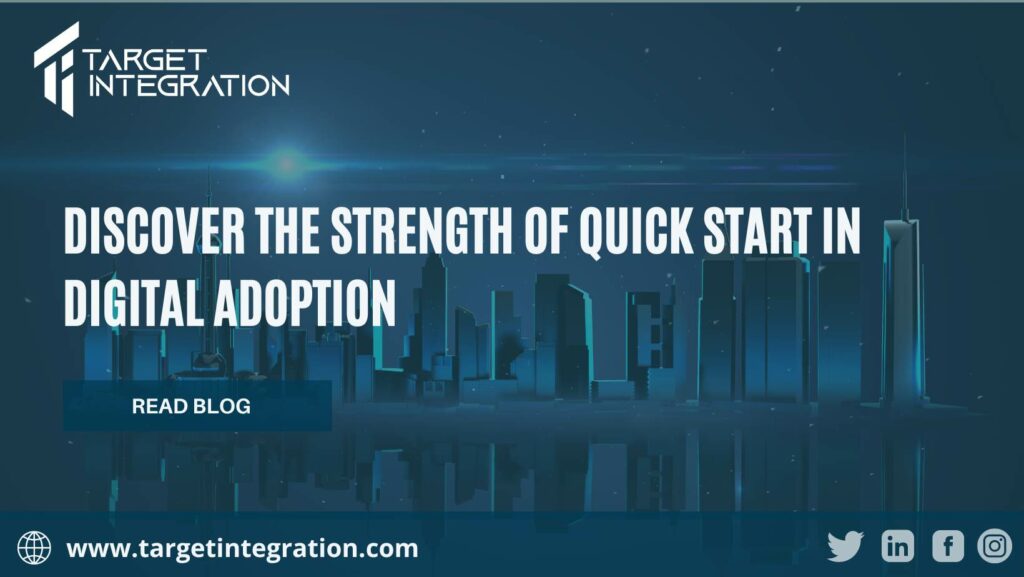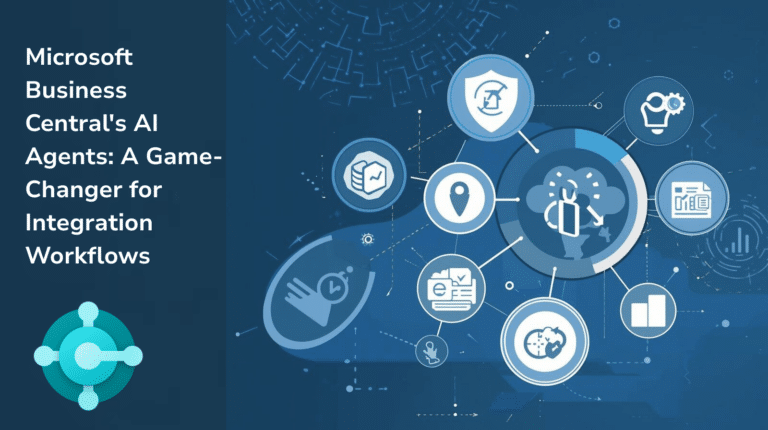
In the world of digital transformation, one term that frequently grabs attention, particularly in the realm of software development, is the “Agile methodology.” In simple terms, the jargon, Agile methodology is a practical approach that puts a spotlight on adaptability and achieving progress in small, manageable steps. Instead of sticking to rigid plans, it focuses on responding to changing requirements on the fly. The goal is to make sure that the result smoothly fits the ongoing needs of the project, adjusting as necessary in real-time.
The Significance of Agile Methodology
To put it simply, agile methodology in software is all about making changes or improvements to project requirements while consistently churning out smaller, concrete pieces of work or deliverables. The main perk here is the power to adjust the project’s direction on the go, steering clear of the problems that come with sticking to a rigid plan that might not match the real needs of the project. It’s a game plan that values being flexible and responsive.
The Critical Role of a Single Point of Contact
The idea of having one person as the main contact point becomes important. This person, picked for their know-how and seniority, becomes the key player in deciding which way the project should go. Choosing someone from inside the organization, who knows the ins and outs well, is stressed over bringing in someone from the outside. This is to lessen the chances of problems that can come up when the person in charge doesn’t get how things work inside the company.
Selecting the Right Software Champion
This software champion, the key player in making the project work, needs to know the ins and outs of the business. They act like a bridge, connecting the client and the provider. Their job is not just about getting what the end users want but also finding people inside the company who can be like cheerleaders for the changes happening. They play a big role in making sure the project is successful by understanding the needs of the users and finding supporters within the organization who can help push things in the right direction.
Operational Perspective Over IT Focus
The software champion isn’t always an IT expert but often someone with a hands-on understanding of operations. The focus here is on fine-tuning the ways things are done to match the software, rather than changing the software itself. The idea behind quick start implementation is to make sure that the software chosen fits smoothly into the current processes without needing a lot of changes. It’s more about getting the existing ways of doing things to work well with the new software, rather than completely redoing the software to fit the existing processes.
Considerations for New Adopters
For those diving into this new way of working, having solid support is crucial. It’s important to grasp the process, invest the needed time and resources, and have someone designated as a dedicated software champion. These steps are like the must-haves before you can expect things to go well. Understanding how the new way of working functions, dedicating the right amount of time and resources, and having a person solely focused on making sure the software works smoothly are fundamental steps to make sure everything goes as planned.
Project Management in Quick Start
Unlike the usual way of getting things done, quick-start scenarios don’t need as much project management. The goals are centred around each application, following a step-by-step process that is closely linked to the time and availability of the software champion. Instead of dealing with big, overall plans, the focus is on taking things one app at a time. It’s like breaking down the process into smaller, manageable steps that match up with the time and schedule of the person leading the software charge.
Progress Post Quick Start
After the initial quick start, the implementation keeps moving forward as teams start using the solution. It’s a continuous cycle of testing, adapting, and making changes. In the beginning, there might be temporary fixes, like using integrations or CSV exports, to help with the transition until the whole integration or transformation process is finished. It’s like taking steps bit by bit, adjusting as you go along, and using temporary solutions to keep things running smoothly until the bigger changes are fully in place.
Timeframes and Client Control
Unlike the usual way of getting things done, in quick-start scenarios, it’s the clients who set the pace. Going live in just a few days is a real possibility for those beginning anew. The timeline is influenced by existing systems and data, as well as choices about whether to start fresh in the new system or build upon what’s already there. It’s like giving the clients the steering wheel, allowing them to determine how quickly or gradually they want to move forward based on their specific needs and circumstances.
The Role of Communication
In quick-start projects, communication is in the spotlight. Keeping everyone in the loop with regular updates and sharing information is a key focus, both within the team and with external stakeholders. The idea is to avoid surprises and address any concerns that might pop up. There’s a belief that more communication is better, making sure everyone understands what’s going on. It’s like making a conscious effort to provide an excess of information to ensure that everyone is on the same page, promoting transparency and understanding throughout the project.
Tips for Success
Creating and sticking to milestones is important. Having deadlines gives a clear target to aim for, and breaking things down into smaller, repeatable milestones helps keep the progress steady. While having a strong software champion is crucial, it’s equally important not to overload them with too much. What matters most is a commitment to the process and having trust in the outcomes it can bring. It’s like having a roadmap with specific points to reach, ensuring that progress stays on track, all while making sure the person leading the charge doesn’t feel overwhelmed. The key is to stay dedicated to the process and have confidence in the positive results it can deliver.
To Sum up
Getting a quick start implementation off the ground requires a solid commitment of both time and resources, especially from the dedicated software champion. Juggling deadlines, becoming well-versed in the software, and spreading that knowledge within the organization are crucial factors for success.
Trusting the process is the key that unlocks the full potential of the quick start approach, enabling organizations to enjoy the benefits of a rapid and efficient digital transformation. It’s like investing time and effort upfront, understanding the software inside out, and ensuring that everyone in the team is on the same page, all of which pave the way for a smooth and effective journey toward digital transformation.



